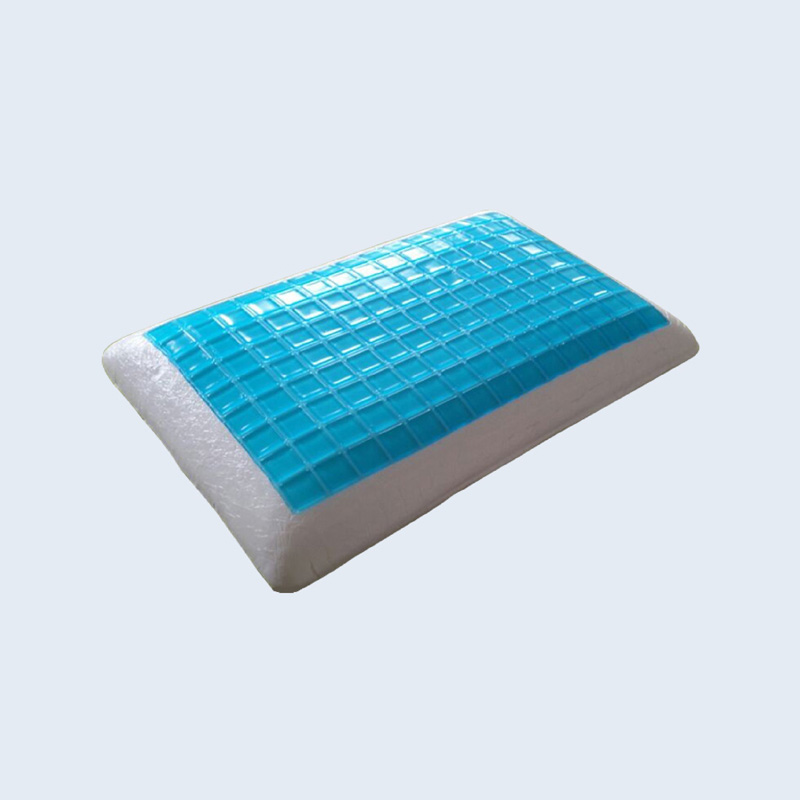Memory foam pillows regulate heat and moisture buildup during sleep through a combination of material properties and structural features:
Open-Cell Structure: Memory foam pillows are often designed with an open-cell structure that allows for enhanced airflow within the foam material. This promotes ventilation and heat dissipation, helping to prevent heat buildup and maintain a comfortable sleeping temperature.
Breathability: The breathable nature of memory foam allows air to circulate freely through the pillow, facilitating the transfer of heat away from the body. This helps to regulate temperature and prevent overheating, particularly in warm or humid sleeping environments.
Moisture Wicking: Some memory foam pillows are engineered with moisture-wicking properties that draw moisture away from the skin, promoting evaporation and keeping the sleeping surface dry and comfortable. This helps to reduce the accumulation of sweat and moisture, enhancing overall sleep hygiene.
Temperature-Neutral Materials: Advanced formulations of memory foam may incorporate temperature-neutral materials or phase change materials (PCMs) that absorb excess heat when the body temperature rises and release it when the temperature drops, helping to maintain a consistent sleeping temperature throughout the night.
Cooling Technologies: Certain memory foam pillows are infused with cooling gel beads, graphite, or other cooling agents that actively dissipate heat and provide a cooling sensation to the sleeper. These technologies help to counteract the natural tendency of memory foam to retain body heat, promoting a cooler and more comfortable sleep experience.

Breathable Cover Fabrics: The pillow cover fabric plays a crucial role in heat and moisture regulation, as it directly interacts with the skin. Many memory foam pillows feature breathable and moisture-wicking cover fabrics, such as bamboo-derived rayon, cotton, or performance textiles, that enhance airflow and promote comfort.
Ventilation Channels: Some memory foam pillows incorporate ventilation channels or perforations in the foam structure to improve airflow and breathability. These channels allow air to move more freely through the pillow, preventing heat buildup and promoting optimal sleep conditions.
By leveraging these design elements and technological innovations, memory foam pillows effectively regulate heat and moisture buildup during sleep, creating a comfortable and supportive sleep surface that promotes restful sleep and overall well-being.











